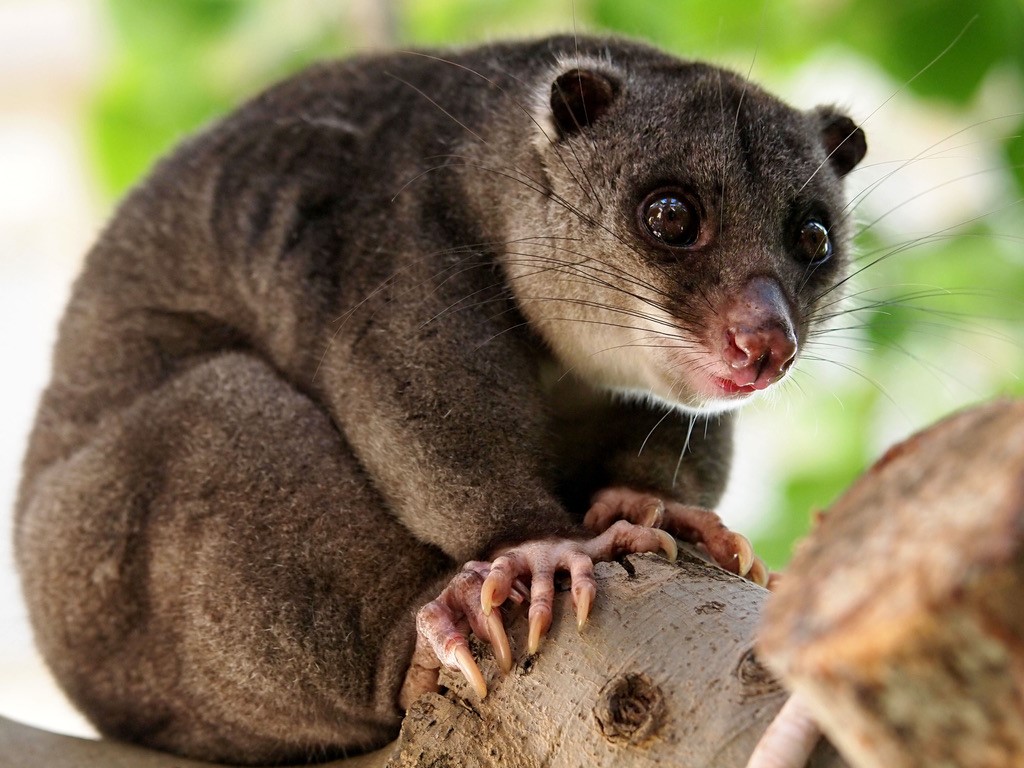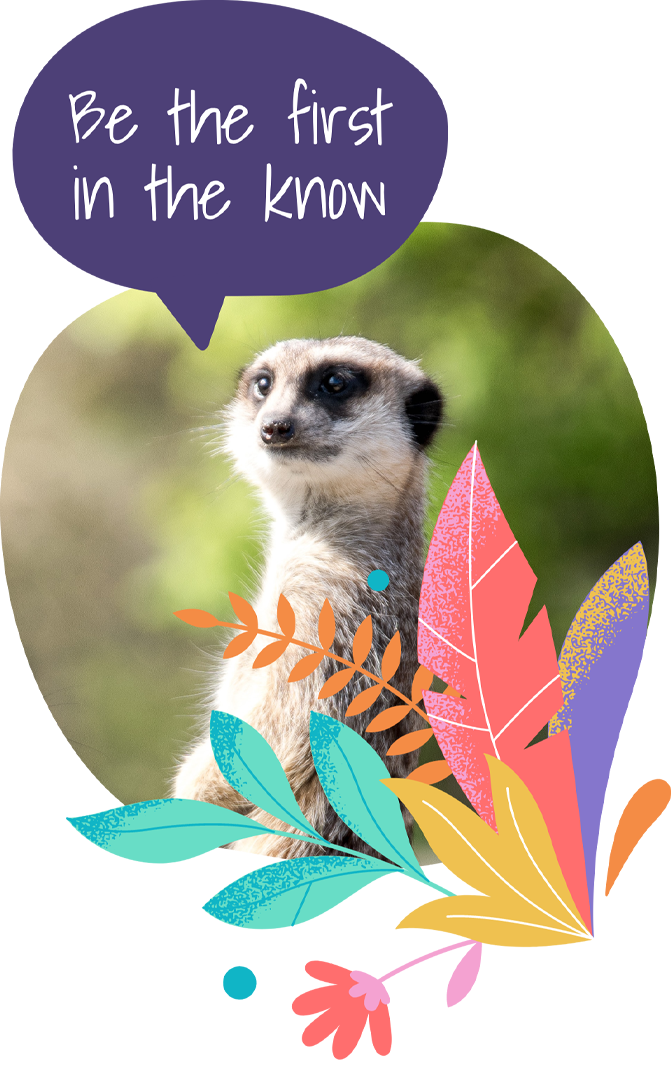
Diet
Mainly fruit and leaves

Habitat
On the ground and lower levels of the forests of Papua New Guinea.
Fact
Cuscus have an opposable thumbs on their hind feet and prehensile tails, using them as a way of securing themselves to a branch, enabling their front feet to be kept free for feeding.
Scientific Name
Phalanger gymnotis
These small, slow-moving & nocturnal animals from Papua New Guinea are members of the marsupial family, related to possums.
Cuscus are largely solitary animals in the wild, and will mostly keep apart from each other in captivity, making it important to allow them enough sleeping burrows. They will come together for breeding. They have a gestation period of just 13 days, after which the tiny, blind & hairless joey will climb into the pouch where it will remain for 5-7 months. They nest in burrows which leaves them vulnerable to hunting with dogs.
More of our animals you may like to meet
Subscribe to our newsletter
Stay up to date with all that is happening at the park and receive exclusive offers and news.
You can unsubscribe at any time by clicking the link in the footer of our emails. For information about our privacy practices, please visit our website.
We use Mailchimp as our marketing platform. By clicking below to subscribe, you acknowledge that your information will be transferred to Mailchimp for processing. Learn more about Mailchimp's privacy practices



